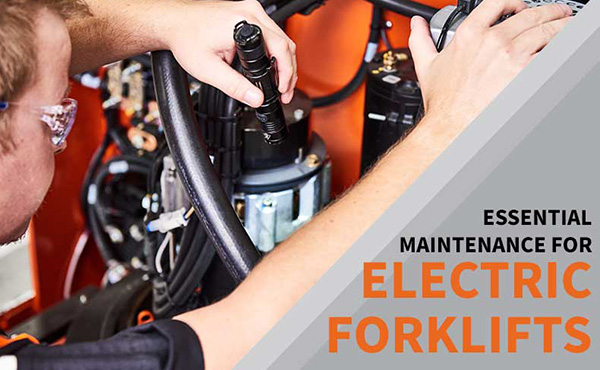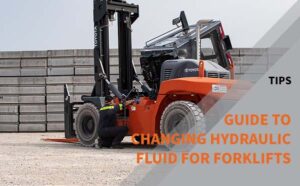Check your racks for these 5 key indicators

Kablam!!!!
A loud noise echoes throughout the warehouse. Where did it come from? Upon investigation a Toyota forklift with green paint on it exits aisle 5A. The forklift operator has run into the rack. What do you next? First check to see if the operator is ok, hitting a static object can be quite rattling. Second inspect the forklift. Toyota forklifts are very resilient and built to take a punch. Now down the aisle to inspect the rack damage. Fortunately, this time the rack was protected by a column guard, and no visible damage.
This brings up the question when is the damage severe enough to cause the repair or replacement of a an upright? Most accidents occur when an upright has taken several hits over time. Most experts agree a monthly rack inspection by trained experts is the best way to keep your warehouse safe from having an incident occur. Any deviation from the original manufacture design is to be considered a safety hazard. What to look for:
- Tears in the connector holes or at the footplate. Should be delt with immediately.
- Bulging at the base of the upright. Often indicates the upright is or has been overloaded.
- Sheering off anchors and/or the footplate.
- Dents, often the upright will take a direct shot that causes a dent.
- Bent cross bracing.
Want to learn more? Contact your Warehouse Systems rep today!
Damage is not limited to the uprights many times the beams will be damaged too. It important to inspect all levels top to bottom. Damage can happen overhead when loading pallets. When inspecting for damage it is important to inspect for overweight pallet loads. Beams that appear to smile may not necessarily be overloaded. Beams are built with a deflection factor. Consult the manufactures guide for deflection factors.
Finally, you have had the warehouse inspected for damage. Your inspector has presented you with a report a several damaged uprights. What next? Do you replace the uprights or have them repaired by a professional?
Option 1: Replace the upright. Replacing the upright requires unloading the rack. Taking out all the intersecting beams and wire decks. Best option with 12’ or shorter uprights, a minimum amount of beam levels and/or the very end upright on the row.
Option2: Repair the upright. Repairing the upright only requires the removal of the immediate pallets. Best option for taller than 12’ uprights with many beam levels, and uprights on the interior of the row.
Unload the rack and flag the area. Ordering uprights and or repair kits will have a lead time and cannot be done right away.
Contact your local Toyota Lift Northwest representative for a rack inspection. Safety is our main concern.
These AUSA products are also available , click below to explore the lineup.


